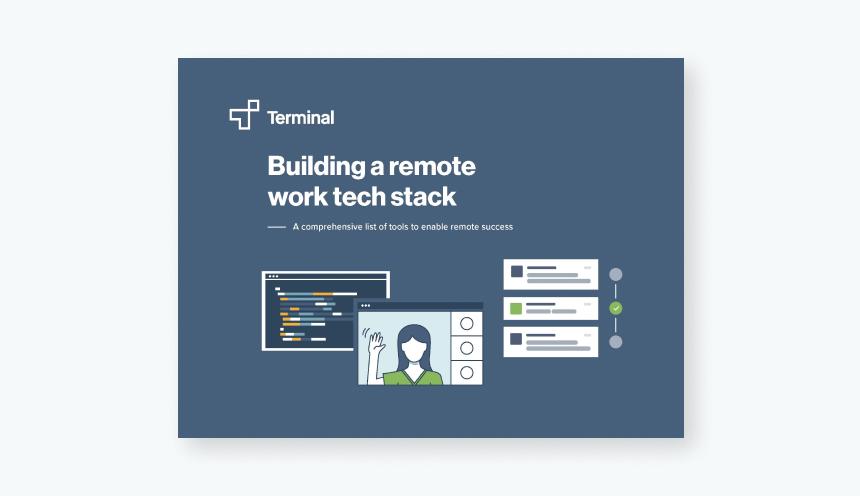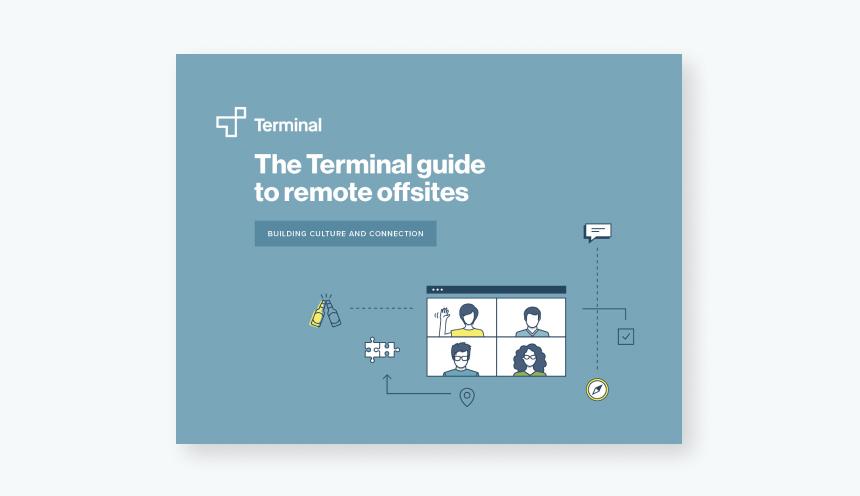
Remote how-to’s | Blog Post
How Poor Employee Retention is Hurting Your Company
Wes Mitchell-Lewis
Share this post
Retention starts on your employee’s first day. Putting the right support systems into place can set the tone for your employees. First impressions matter: 20% of employee turnover happens in the first 90 days, and organizations with strong onboarding processes can improve new hire retention by 82%. Put some time into creating systems that will help remote engineers feel supported from day one.
Recruiting a replacement is expensive
Replacing employees costs a lot of money. A company must spend significant time and financial resources to search for the best talent through advertising, recruitment agencies, screening, interviewing, and hiring. It costs as much as 33% of an employee’s annual salary to replace them. What is your turnover rate?
Low employee retention leads to decreased productivity
The moment employees start to seriously consider their options for alternative employment, they are likely to become actively disengaged from their work. Gallup estimates that actively disengaged employees cost the U.S. between $450 billion to $550 billion each year in lost productivity. Can you afford actively disengaged employees?
Poor employee retention hurts morale
A hole in your team is disruptive and hurts employees’ ability to focus on their own work, especially when they’re left picking up the slack for their newly departed co-worker. And even when you’ve found a replacement, team dynamics and morale may not fully recover if your team had a tight bond with the colleague they lost.
New employees won’t start adding value right away
Remember that most employees won’t join your organization and immediately jump into productive work. New employees get less work done because they’re still figuring out how to get work done. It takes time to navigate company workflows & processes and establish relationships with co-workers. Even with a great onboarding process in place, it can take anywhere from 6 months to 1 year for new hires to reach peak performance. Depending on how many roles you are hiring for at any given time, this could have an extreme impact on your team’s output levels.
High turnover can affect your company’s reputation
A recent study estimates that about 53% of job seekers are checking employer review scores on websites like Glassdoor before accepting a role at a company. If turnover is a problem at your organization, potential candidates likely already know about it and might see joining your team as too big of a risk. We live in an age of transparency and information – when employees leave, they will likely post about it on social media or other channels so that others know what happened. Some people may overshare, especially if they had a negative experience. It is more than worth it to ensure those negative experiences are kept to a bare minimum.
Engineers want the option to work remotely
Don’t be too quick to abandon remote work after the pandemic. Offering remote work to your engineers can help you keep them around: 74% of employees say that remote options would make them less likely to leave their company. And companies that support remote work have 25% lower employee turnover than companies that don’t.
There are countless methods and things you can do in order to minimize the turnover rate at your company – good salary, benefits, transparent company culture, and more. People have options today and unfortunately, they are not likely to stick around if they do not feel their work is impactful, they are being compensated appropriately or the company has a toxic culture.
We hope you were able to learn today! Keep exploring the rest of Terminal’s content offerings and if you are interested in learning more about how we can help you accomplish your growth goals, please


